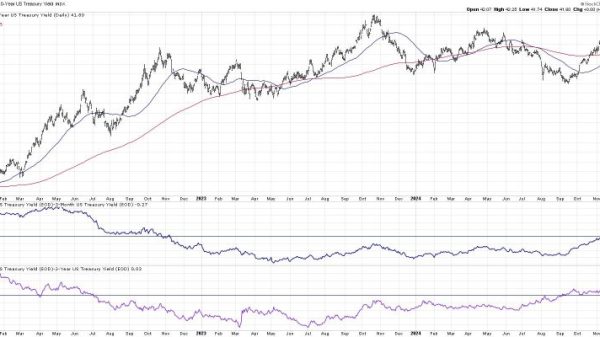As the November elections draw closer, a notable trend has emerged – an increasing number of voters are identifying as Republicans. This shift in voter affiliation could have significant implications for Democrats as they strategize for the upcoming elections.
While the Democratic Party has traditionally garnered strong support from a diverse range of voters, the recent surge in Republican identification suggests a potential challenge for Democrats in maintaining their electoral advantage. Understanding the factors contributing to this shift is crucial for both parties as they seek to secure votes and sway undecided voters.
One key factor behind the rise in Republican identification could be attributed to the current political climate and issues dominating public discourse. With contentious debates surrounding issues such as immigration, healthcare, and national security, some voters may be aligning themselves with the Republican Party based on their stances on these matters. The party’s messaging and policy positions on these key issues could be resonating with a larger segment of the electorate, leading to the increase in Republican identification.
Additionally, the strong leadership and messaging from prominent Republican figures, including former President Donald Trump, have likely played a role in shaping voter attitudes and preferences. Trump’s messaging on economic issues, trade, and national security has found support among certain segments of the population, helping to bolster Republican identification and energize the party’s base.
Furthermore, the Democratic Party may be facing challenges in effectively communicating their policy proposals and vision to voters amidst the changing political landscape. In order to counter the rise in Republican identification, Democrats will need to engage with voters, particularly those who are wavering in their party affiliation, and effectively articulate their message on key issues that resonate with the electorate.
Moving forward, both parties will need to carefully consider these shifting dynamics in voter identification as they craft their campaign strategies and work to mobilize support for the upcoming elections. The surge in Republican identification poses a notable challenge for Democrats, but with strategic planning, effective messaging, and a focus on key issues important to voters, the Democratic Party can seek to maintain its electoral strength and appeal to a broad base of voters in November.


























